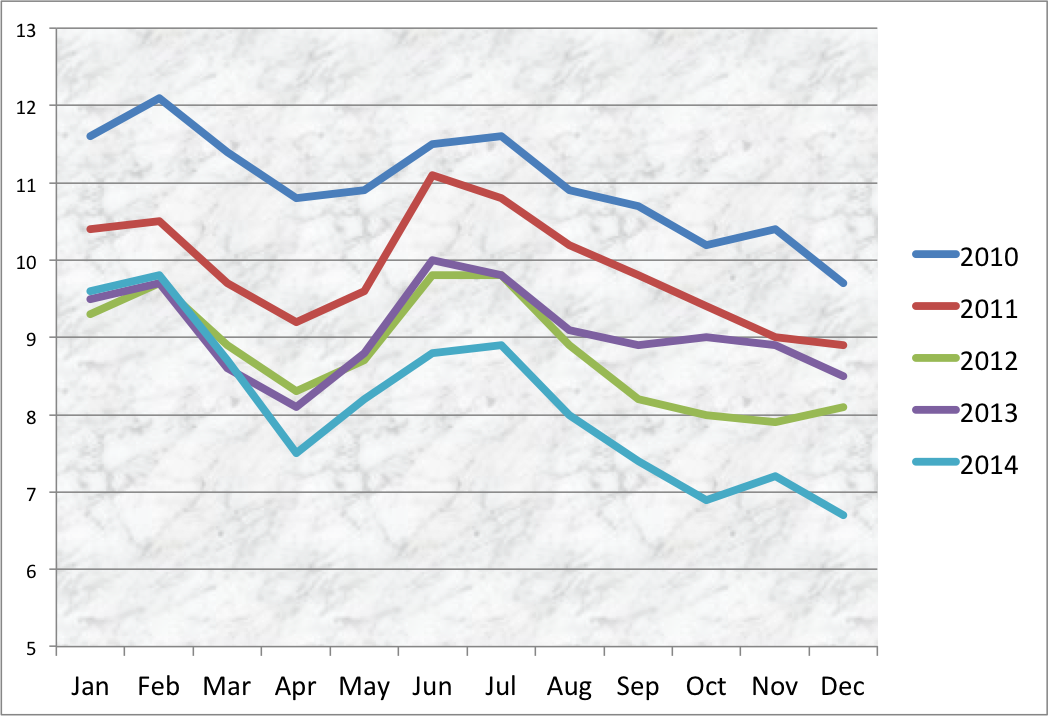Understanding unemployment rates

Whether a person is receiving unemployment benefits has nothing to do with calculating the rate.
The U.S. Bureau of Labor Statistics determines the unemployment rate from the results of what is called the Current Population Survey.
People are basically asked:
- Are you working?
- If you are not working, are you seeking work?
The unemployment rate is the percentage of people age 16 and older seeking work among the total labor force (those working or looking for work).
The unemployment rate, however, does not provide a complete picture.
- Part-time workers are counted the same as full-timers, regardless of whether they are working fewer hours than previously.
- Under employed workers (those who accept pay cuts to obtain jobs) are counted no differently than any other worker.
A caution in reporting workforce numbers
Do not confuse the number of workers (reported in determining the unemployment rate) with the number of jobs.
The size of the workforce as reported with the unemployment numbers is an accounting of the number of individuals working or not working.
The job numbers are determined by a like sounding, but different, survey called Current Employment Statistics.
This survey asks employers for information about their payrolls. The result is the number of jobs. A person who has two jobs is counted twice, because two employers will provide the information.
A summary:
- Current Population Survey used for unemployment rates.
- Employment numbers are determined by asking individuals if they are working.
- Each person is counted just once.
- They are counted for the city, county or state where they live.
- Current Employment Statistics used for job numbers.
- Job numbers are determined by asking businesses how many people they employ.
- The same person can be counted by multiple employers.
- Jobs are counted for the city, county or state where the jobs are located.
- The Bureau of Labor Statistics provides more detailed about the unemployment and employment (job) surveys.
Where to find the data:
Use this link at the Bureau of Labor statistics website to find a ton of data on a variety of topics.
- Choose the unemployment section
- Metro area data can be most quickly found by using the "top picks" tool under "Local Area Unemployment Statistics"
- For city-level data, you'll need to use the "one screen data search" tool. Make your selections to find the city or other area of choice.
- If your web browser won't access the java site above, use this link instead.
- Important notes
- Local level unemployment statistics are not seasonally adjusted.
- Do not compare not-adjusted rates with the seasonally adjusted rates normally reported at the state and U.S. levels. Seasonably adjusted rates are changed based on changing labor conditions during the course of the year so one month can be compared to the next.
- If a comparison to U.S. or state rates is necessary, find the U.S. or state rate that has not been seasonally adjusted.
- When only unadjusted rates are available, avoid playing up the change from one month to the next. A better comparison is to the same month the previous year.
Here's an example of unemployment rates that have not been seasonally adjusted for the City of Cleveland. Notice how the trend is nearly the same each year."
